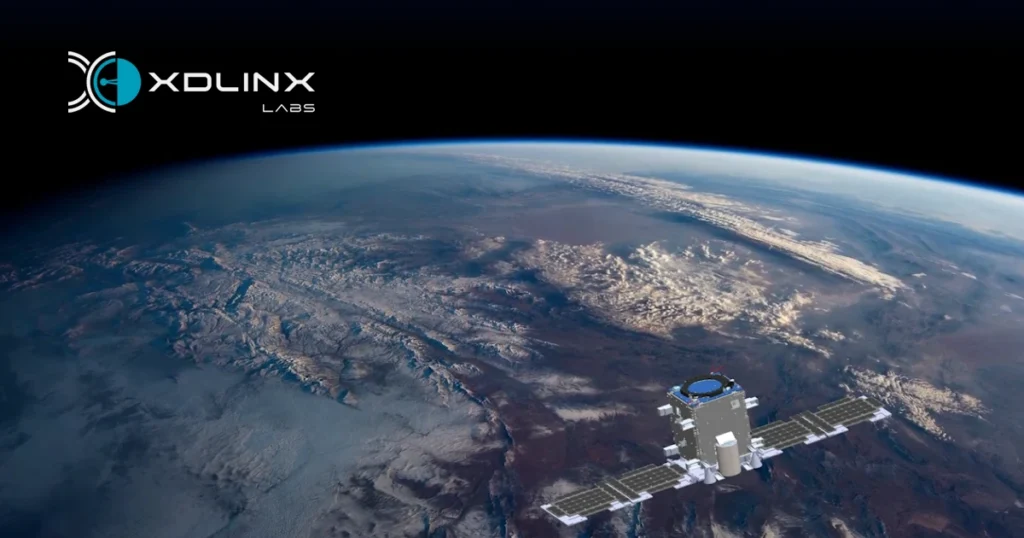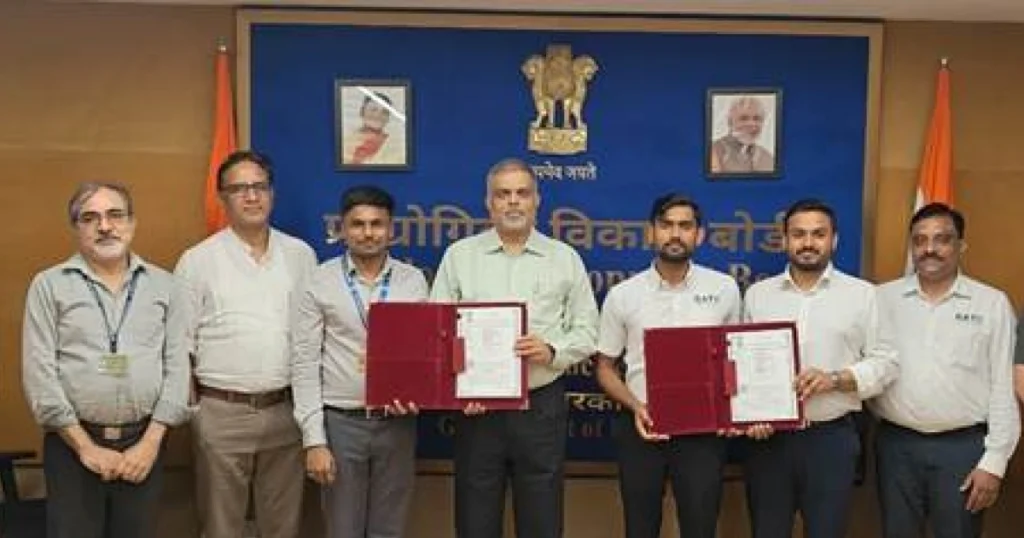Founded in 2022 by Rupesh Gandupalli and Govindhasamy Karthik, XDLINX is transforming the landscape of space technology.
With its headquarters in Hyderabad, the startup is on a mission to democratize access to space capabilities, delivering cost-effective solutions that address critical challenges in modern space exploration and intelligence gathering.
The Challenge: Rising Costs of Space Missions
As global interest in space exploration and satellite deployment continues to surge, traditional satellite manufacturing has faced significant hurdles, most notably, exorbitant costs and lengthy development timelines.
The challenge of making space accessible to various sectors, including government agencies and commercial enterprises, has become increasingly pressing.
Recognizing this gap, XDLINX set out to commoditize deep space technology, enabling a broader array of entities to engage in space missions.
A Revolutionary Approach to Satellite Design
At the heart of XDLINX’s innovation is Janus-1, a groundbreaking software-defined 6U small satellite.
Developed in an impressive timeline of just 10 months and launched on February 10, 2023, Janus-1 represents a pivotal shift in satellite technology.
XDLINX boasts that its satellites are 75% cheaper to build than traditional counterparts, thus providing an affordable entry point for nations and organizations looking to harness satellite technology.
XDLINX’s flagship product, Janus-1, exemplifies the startup’s commitment to innovation, with its cost-effective design paired with advanced capabilities.
This not only lowers barriers for emerging space economies but also allows established players to enhance their operational efficiencies.
Diverse Satellite Platforms for Varied Missions
XDLINX offers a range of satellite platforms tailored to meet diverse mission requirements.
The XDSAT NS is a 6U bus with a payload capacity of 4U, featuring a power storage of 126 Wh and solar panels generating 66 W. It supports EO Optical, SAR, Sigint, IoT, and Laser applications with ±0.002° pointing accuracy.
The XDSAT NL, ranging from 12U to 16U, provides an 8U payload capacity and increased power storage of 210 Wh (105 W solar). It offers similar support and accuracy as the XDSAR NS.
The XDSAT M200 features an M200 bus with a payload capacity of 25-40 kg and 350 Wh power storage (200 W solar). This platform is designed for larger missions while maintaining the same precision.
For even greater capacities, the XDSAT M400 supports 40-75 kg payloads with 700 Wh power storage (400 W solar). It builds upon the M200’s capabilities with enhanced power and payload options.
Finally, the XDSAT M600 is XDLINX’s largest platform, designed for high-demand missions with a payload capacity of 75-100 kg and 1100 Wh power storage (600 W solar). It ensures excellent pointing accuracy across all platforms.
Each platform varies in size, payload capacity, and power storage, with the XDSAR NS and XDSAT NL focused on smaller missions, while the XDSAT M200, M400, and M600 cater to larger, more complex operations.
All models ensure high data downlink rates and reliable performance.
Empowering Global Access to Space
XDLINX’s ultimate goal is to empower a global network of space capabilities, enabling countries and organizations to participate in the rapidly evolving space landscape.
By offering secure communication systems, high data downlink rates, and a choice of propulsion systems, XDLINX ensures that its clients can tailor their missions according to specific needs, whether public or private.
A Bright Future Ahead
With plans for further developments, including the upcoming XDSAT M600, expected to launch in Q4 2024, XDLINX is poised to expand its influence in the space technology sector.
The startup’s focus on collaboration and innovation is attracting talent from various disciplines, allowing them to build a strong, dedicated team that shares a vision of redefining what is possible in space missions.
As XDLINX continues its journey, it stands at the forefront of a movement to make space exploration not just a privilege for the few, but a reality for many, ultimately shaping the future of how we explore and utilize the final frontier.



















